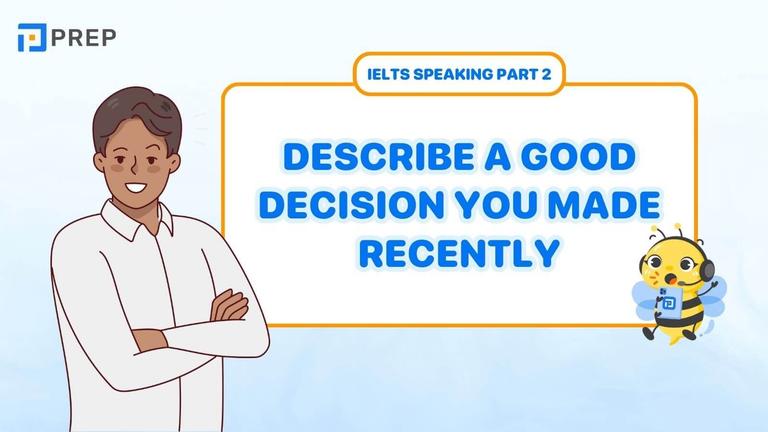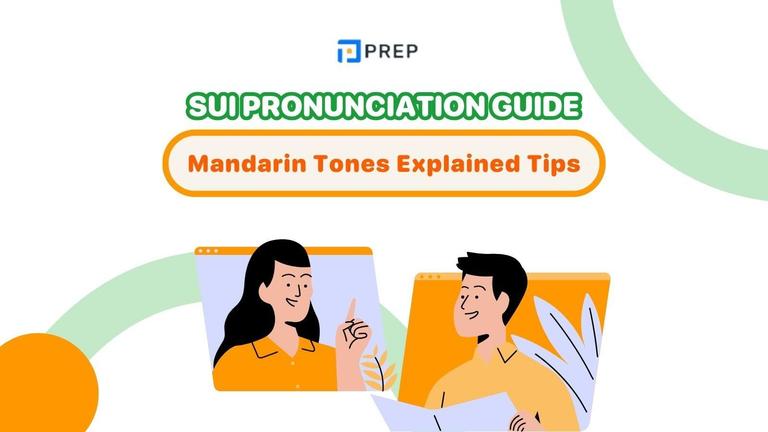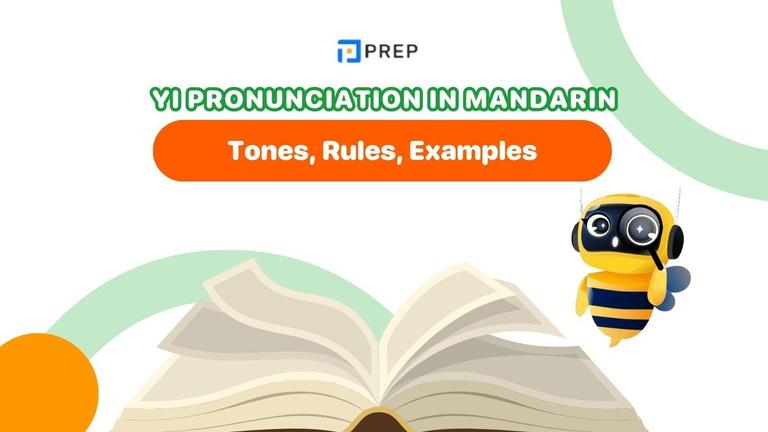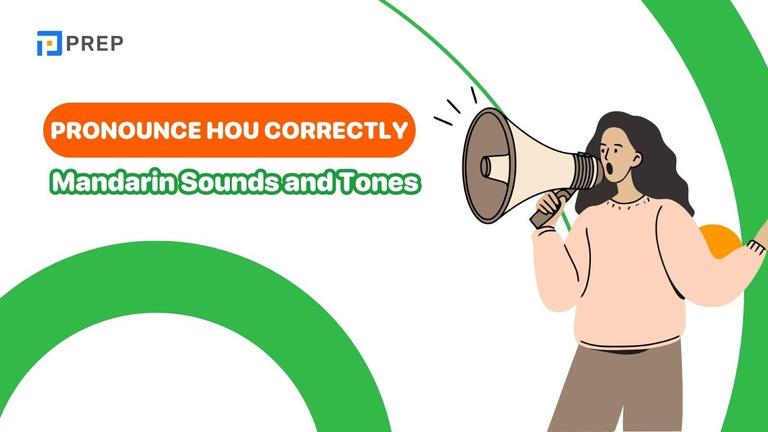4 Steps to Master Sentence Completion IELTS Reading
Sentence Completion IELTS Reading stands among the most approachable question types in the entire Reading test. This accessibility makes it a powerful tool for test takers seeking to maximize their scores. This comprehensive guide will equip you with proven techniques, systematic approaches, and expert insights to tackle Sentence Completion questions with confidence.
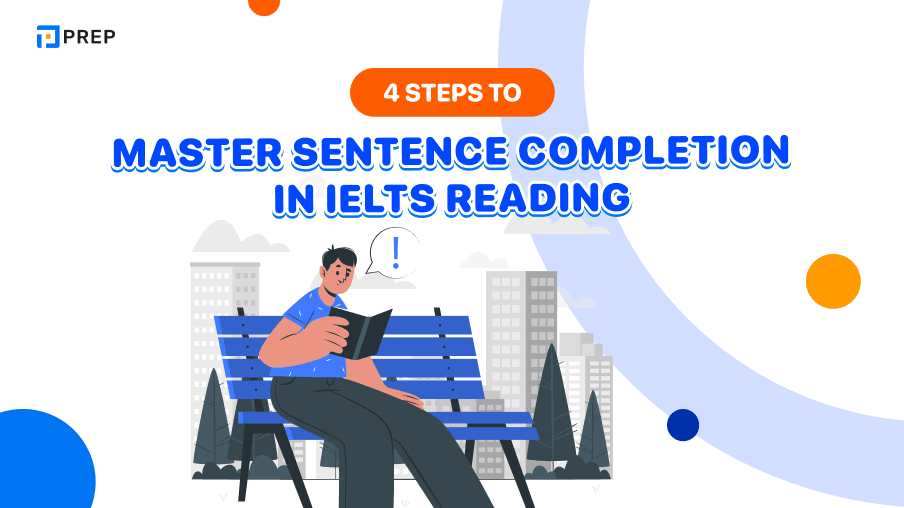
I. Overview of Sentence Completion IELTS Reading
1. What is Sentence Completion IELTS Reading?
Sentence Completion represents a specialized variant of gap-filling exercises designed to assess your ability to extract precise information from academic texts. In these questions, you encounter incomplete sentences featuring one or multiple blanks that require completion using specific details from the reading passage. The task demands both comprehension skills and the ability to identify exact textual matches or appropriate paraphrases.
2. Format of Sentence Completion IELTS Reading
The structure of Sentence Completion questions follows a consistent pattern that experienced test takers learn to recognize quickly. Understanding this format proves essential for developing effective response strategies.
The following is the typical question format for Sentence Completion IELTS Reading:
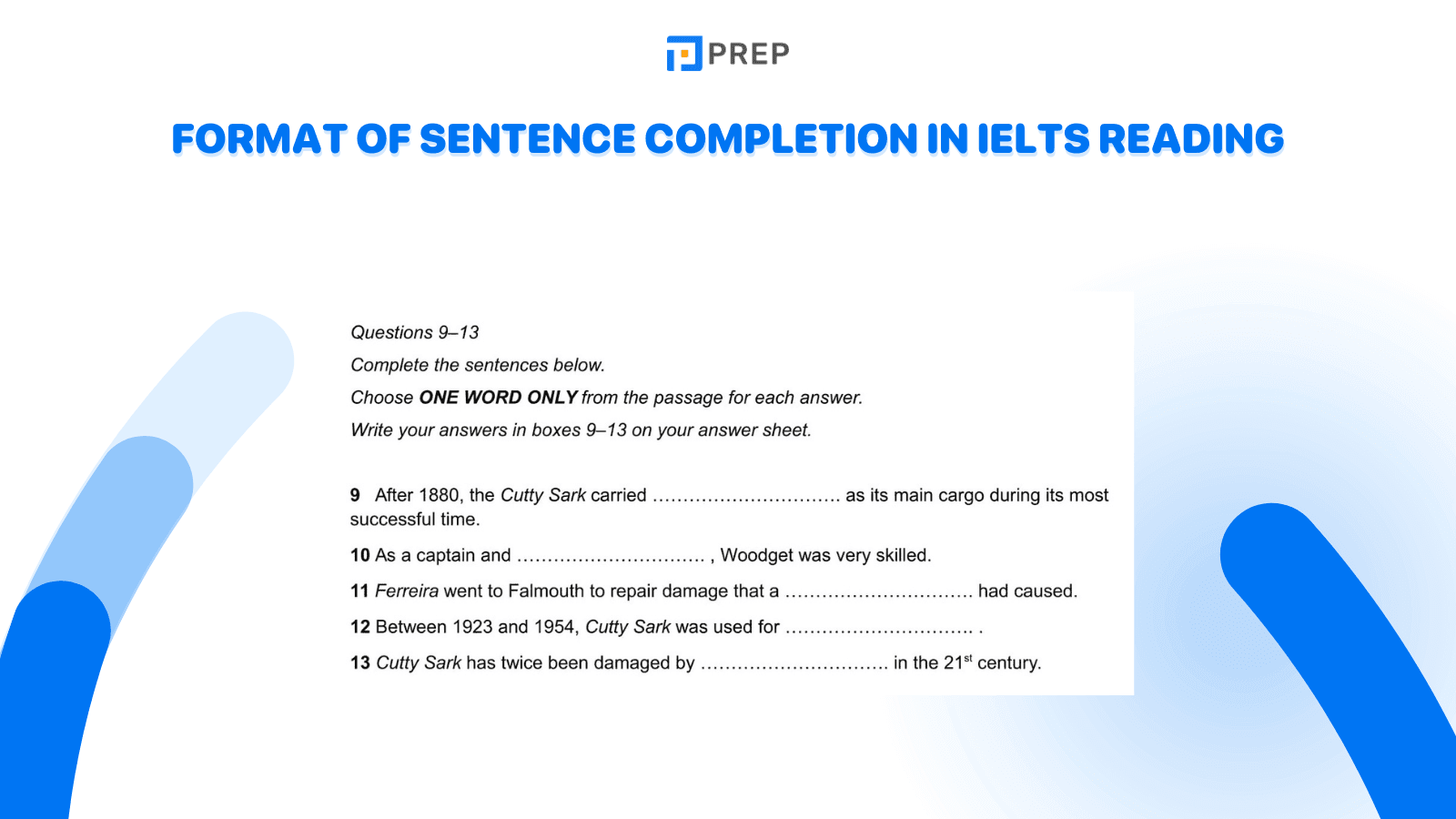
II. 4 Steps to Master Sentence Completion IELTS Reading
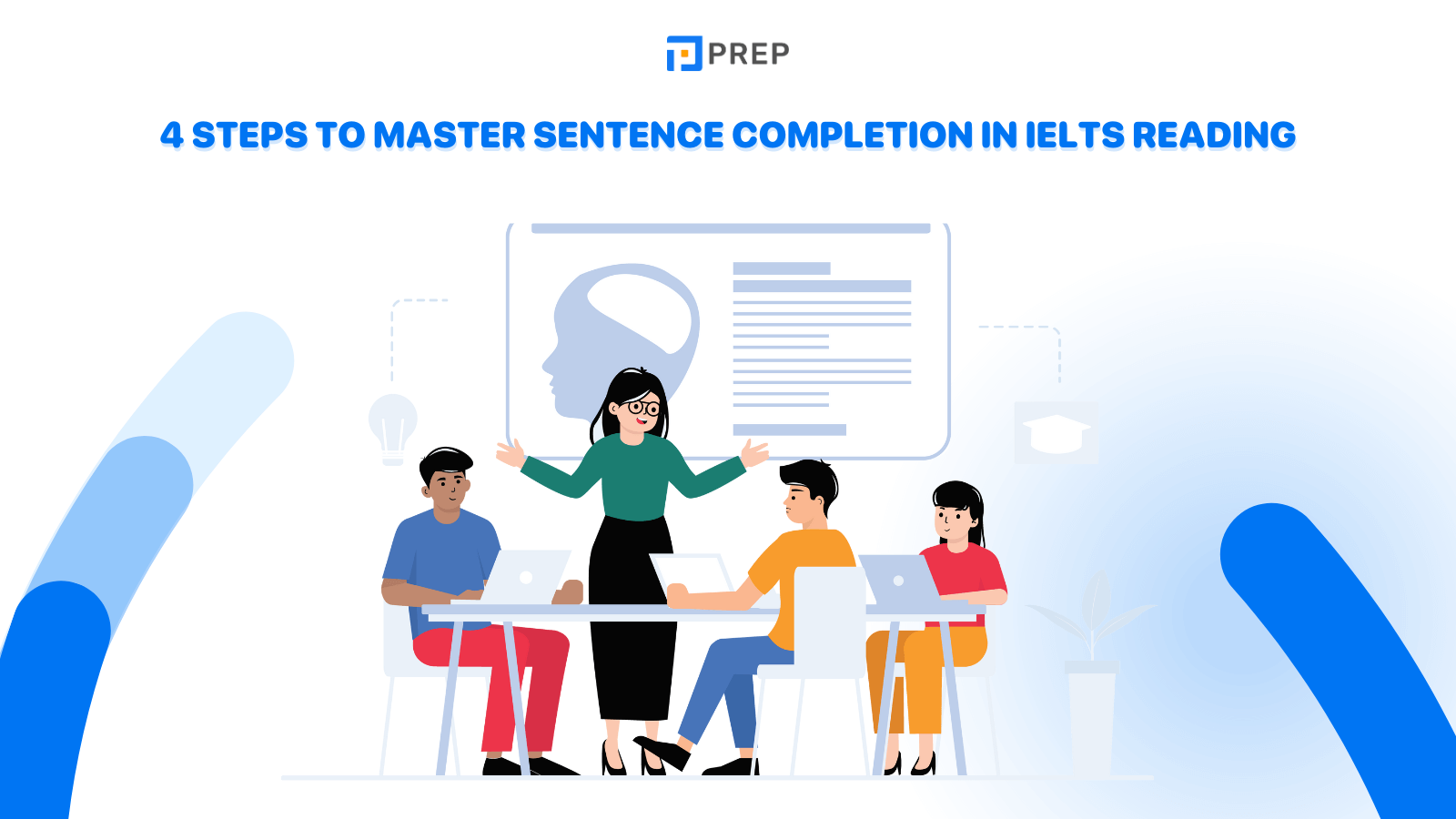
1. Step 1: Analyze Instructions for Word and Number Limits
Every Sentence Completion task begins with specific instructions that determine your response parameters. These guidelines establish critical boundaries for acceptable answers and prevent common errors that cost valuable points.
Key Instruction Elements to Identify:
-
Maximum word count per blank (typically "NO MORE THAN TWO WORDS")
-
Number requirements (when figures are requested)
-
Format specifications (hyphenated words count as single units)
-
Source restrictions (answers must come directly from the text)
Violating word limits results in automatic point deduction, regardless of content accuracy. Therefore, treating instruction analysis as your foundation step ensures technical compliance throughout your responses.
2. Step 2: Read the question, underline keywords, and predict the required information
Effective keyword identification transforms vague sentences into focused search targets. This analytical phase involves examining grammatical structures, semantic context, and logical relationships within incomplete sentences.
Strategic Keyword Selection:
-
Content words (nouns, main verbs, adjectives)
-
Grammatical indicators (articles suggesting singular/plural forms)
-
Context clues (words surrounding blanks that indicate meaning)
-
Logical connectors (however, therefore, because) that signal relationships
For example:
1. Certain diseases have disappeared, thanks to better ………………. and healthcare → A noun to refer to something that has been improved - we can think of medicine here.
-
Grammatical clue: Requires a noun (follows "better")
-
Semantic context: Something that improves alongside healthcare
-
Logical prediction: Medical advancement, sanitation, nutrition
2. Because there is more contact between people, ………………. are losing their usefulness → A plural noun referring to things that are no longer effective.
-
Grammatical clue: Plural noun (indicated by "are")
-
Semantic context: Things that become less effective with increased human contact
-
Logical prediction: Barriers, boundaries, traditional practices
3. Step 3: Scanning
Scanning represents the bridge between analysis and answer location. This targeted reading technique focuses your attention on relevant text sections while filtering out unnecessary information.
Effective Scanning Protocol:
-
Begin scanning from the passage start for the first question
-
Search for exact keyword matches initially
-
Expand to synonyms and paraphrases when direct matches prove elusive
-
Follow the text's natural progression (questions typically appear sequentially)
-
Mark potential answer locations for systematic verification
4. Step 4: Check the answers
Answer verification prevents careless errors and ensures both grammatical accuracy and contextual appropriateness. This final step distinguishes high-scoring responses from near misses.
III. Some Useful Tips for IELTS Reading Sentence Completion
-
Before starting the questions, we should do a quick scan of the question types to find the best strategy. Filling in the blanks questions are usually the easiest question type → These can be prioritized before more difficult ones like matching questions.
-
Matching information to paragraphs is a common question type in IELTS, often appearing in Reading Passages 2 and 3. Test takers must be able to precisely locate specific information within the given paragraphs.
-
The questions can be about reasons, descriptions, summaries, characteristics, definitions, or explanations. The paragraphs will be labeled A, B, C, etc. for test takers to select answers.
IV. Sentence completion reading IELTS with detailed answers
Text:
The concept of sustainable development aims to promote economic growth while ____________ natural resources for future generations.
Options:
a) depleting
b) conserving
c) squandering
d) exploiting
Detailed Answer:
Correct Answer: b) conserving
Explanation: Sustainable development emphasizes the responsible use and preservation of natural resources. The blank requires a verb that aligns with the concept of preserving resources for future generations. Among the options, "conserving" best fits the context, indicating the intention to use resources wisely without exhausting them.
Sentence Completion questions offer a reliable pathway to improved Reading scores when approached systematically. The four-step methodology—instruction analysis, keyword prediction, strategic scanning, and thorough verification—provides a framework that transforms challenging texts into manageable tasks.
Success in IELTS Reading extends beyond individual question types. It requires developing comprehensive strategies that recognize the interconnected nature of reading skills: vocabulary recognition, grammatical awareness, logical reasoning, and time management. These elements work together to create the foundation for consistent high performance.

Hi I'm Chloe, and I am currently serving as an Product Content Administrator at Prep Education. With over five years of experience in independent online IELTS study and exam preparation, I am confident in my ability to support learners in achieving their highest possible scores.
Comment
Premium content
View allPersonalized roadmap
Most read



